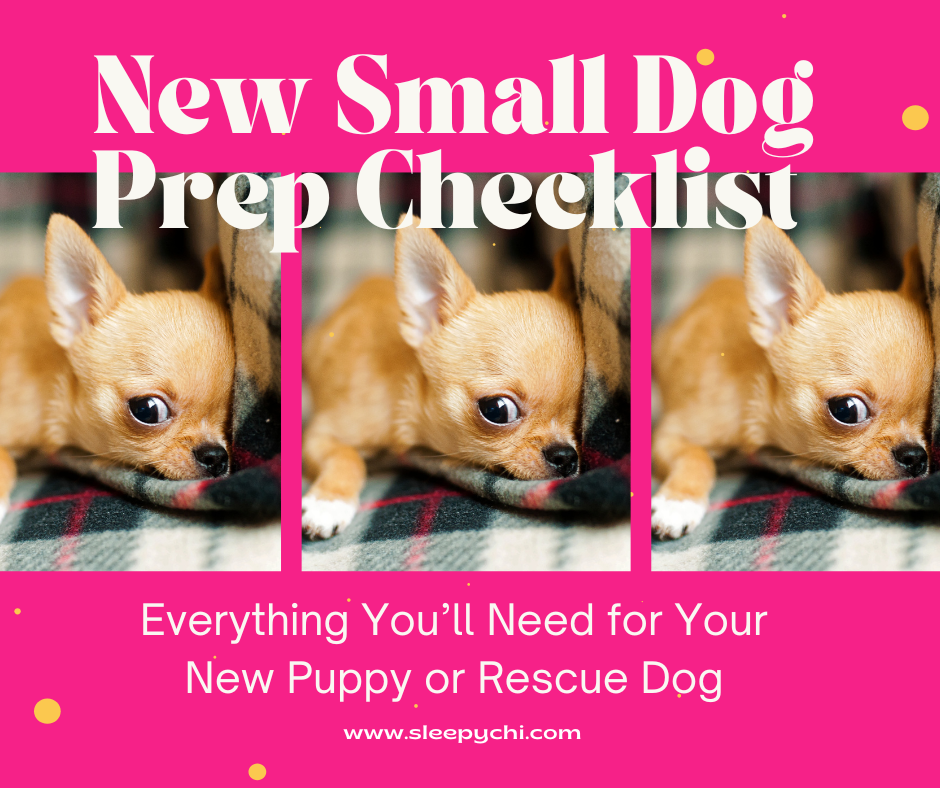Training Tips for Stubborn Small Dog Breeds: Turn Your Tiny Rebel Into a Rockstar Pup

Got a small dog who acts like the ruler of the world? We get it. Whether you’re working with a feisty Chihuahua, a determined Dachshund, or a sassy Shih Tzu, stubborn small dog breeds have big personalities and even bigger opinions. But don’t worry—training doesn’t have to feel like pulling teeth (or chew toys). Let’s dive into expert-backed small dog training tips that will help you channel their inner diva into star student energy.
Why Are Small Dogs So Stubborn?
Small dogs are notorious for their stubborn streaks, but why? Turns out, there’s more to it than just attitude:
- Big Personalities in Little Packages: Breeds like Chihuahuas and Pomeranians were bred for companionship, but they’ve got an independent streak that’s hard to ignore.
- They’ve Got Us Trained: Let’s be honest: it’s easy to let things slide when your dog is tiny and adorable. Those big puppy eyes can turn even the strictest dog parent into a pushover.
- Nervous Energy: Small dogs can be more prone to anxiety, making them reactive to new experiences or resistant to commands.
Understanding these traits is key to developing training strategies that work with, not against, their unique personalities.

Top Training Tips for Stubborn Small Dogs
1. Consistency Is Key
If you give mixed signals, your dog will take advantage of it faster than you can say “no treats for couch pillow surfing!” Use consistent commands and follow through every time. For example, if you use “sit” one day and “down” the next, your dog might decide to ignore both.
2. Positive Reinforcement Works Wonders
Reward-based training is the gold standard for small dog obedience training. Use treats, toys, or even a little belly rub as a reward for good behavior. Just make sure the rewards match their effort—if they come when called in the middle of a squirrel chase, that’s worth an extra-special treat.
3. Set Boundaries Early
Don’t let your dog’s size fool you. Even a tiny tyrant can cause big chaos if boundaries aren’t clear. Use baby gates or playpens to create safe spaces and teach your pup what’s off-limits.
4. Short Training Sessions for Short Attention Spans
Most small dogs don’t have the attention span for hour-long sessions. Keep training short and sweet—5 to 10 minutes per session is plenty.
5. Socialization Is a Must
Introduce your dog to new people, pets, and environments early on. This helps curb reactivity and builds confidence, especially for nervous breeds like Chihuahuas.
6. Use Their Energy Wisely
Many small dogs have energy levels that rival Olympic athletes. Channel that energy into productive activities like agility training or interactive toys to prevent destructive behavior.
7. Leash Training for Small Dogs
Teaching a stubborn dog to walk nicely on a leash is a game-changer. Use a harness to avoid putting pressure on their tiny necks, and practice in low-distraction areas before venturing out.
Common Challenges and How to Overcome Them
-
Challenge 1: My Dog Refuses to Listen
Solution: Evaluate your commands—are they clear and consistent? Reward even small successes to build momentum.
-
Challenge 2: My Small Dog Barks at Everything
Solution: Teach the “speak” and “quiet” commands. Reward silence and redirect their focus with a toy or treat.
-
Challenge 3: Potty Training Feels Impossible
Solution: Create a routine and stick to it. Praise your dog enthusiastically when they get it right. Pee pads can be helpful for tiny pups in big homes.
Frequently Asked Questions (FAQs)
Why is my small dog so stubborn?Small dogs often have a big sense of independence and a dash of nervous energy. They need clear, consistent training to thrive.
Are small dogs harder to train than large breeds?
Not necessarily, but their stubbornness and high energy can make them a challenge. Patience and positive reinforcement are key.
Look for small, soft treats that are easy to chew and swallow quickly. Bonus points if they’re low-calorie, since you’ll be giving out a lot during training.
Can I train my small dog not to bark so much?Absolutely! Use consistent commands, and reward quiet behavior. Keep in mind that barking is a natural communication method for dogs, so be realistic about your goals.
How do I stop my dog from pulling on the leash?Practice leash training in distraction-free areas and reward loose-leash walking. A harness designed for small dogs can help reduce pulling without straining their necks.
Bonus: Tools to Help Train Your Small Dog
- Clicker Trainers: Great for marking good behavior.
- Training Treat Pouches: Keep treats handy during walks or training sessions.
- Interactive Toys: Stimulate your pup’s brain and prevent boredom.
- Harnesses: A must for small breeds to avoid neck strain.
Conclusion
Training a stubborn small dog might feel like a battle of wills, but with the right techniques, you can turn your pint-sized troublemaker into a well-behaved companion. Remember, patience and consistency are your best friends. Plus, let’s be real—isn’t a little attitude part of why we love small dogs so much? Embrace their quirks and keep training fun. Your tiny rebel will thank you in their own adorable way (probably with a head tilt and a wagging tail).





Comments